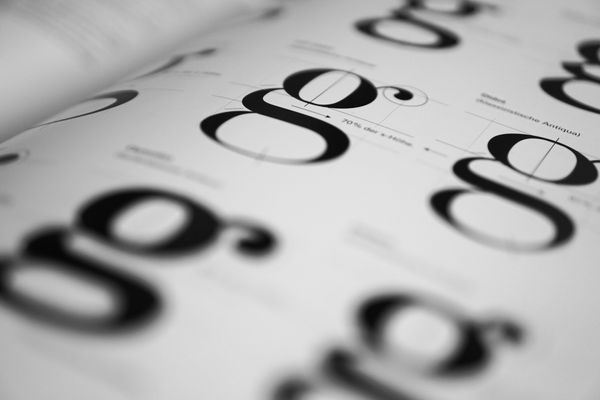
Sometimes it is not what is coming out of our mouths that can make or break us. Often times, judgments are passed solely on one’s body language. So, if you care about communicating clearly, it is important to make sure you have body language awareness.
Watch Your Tone
Your body language has a tone, just like your voice. Your can control your tone by increasing or decreasing your physical energy. It is possible to still have energy with your arms crossed, despite the common myth that crossed arms make you seem closed off. Paired with the proper tone, crossed arms are a way to show that you’re relaxed. However, when paired with the wrong tone, it can tell others that you are scared or nervous. Practice folding your arms in the mirror and notice what adjustments you can make to modify the tone of your body language.
Another way to control body language tone is through facial expressions. Although we may not be speaking, what our faces say can still be a dead giveaway. If your job requires a strong poker-face, this is definitely one to practice!

Match Your Body & Voice Tones
The tone of your body language can be confusing if it does not match the tone of your voice. In order to be properly understood, these two must match one another so you don’t send mixed signals. For example, you cannot turn beet red, fold your arms, and get teary-eyed but tell someone that “you’re good.”

What Is The Other Person Saying?
Not only is it important to know what your body language is saying to others, but you also need to know what their body is saying back -- it is another tool that you are able to use to your advantage. For example, if someone is looking at the ground or avoiding eye contact, there is a chance they are feeling nervous, intimidated or self-conscious. Honestly, there are endless feelings that someone could be having when they aren’t making strong eye contact. What’s important to know is that they are confident and comfortable when they are able to maintain a steady eye.

Use this body language tip list to help identify cues in your next interaction.
Folded Arms with Shoulders Back
- Relaxed
- Comfortable
Folded Arms with Shoulders Forward
- Nervous/Closed of
- Cold
Low Head
- Nervous
- Uncomfortable
- Scared
- Sadness
Nose Up
- Confident
- Pompous
- Dominant
Sunken Shoulders
- Tired
- Sadness
Shoulders Back
- Confident
- Alert
Strong Eye Contact
- Confident
- Comfortable
- Honesty
- Sincerity
Weak Eye Contact
- Nervous
- Low Self Confidence
- Scared
- Intimidated
Raised Eyebrows
- Surprised
- Excited
Lowered Eyebrows
- Sadness
- Anger
- Confusion
Over-Active Hands
- Nervous
- Unprepared
- Overcompensating
Fidgeting Hands
- Scared
- Nervous
Hands on Hips
- Comfortable
- Confident
- Relaxed
Hands in Pockets
- Relaxed
- Comfortable
Biting Lips
- Nervous
- Impatient








